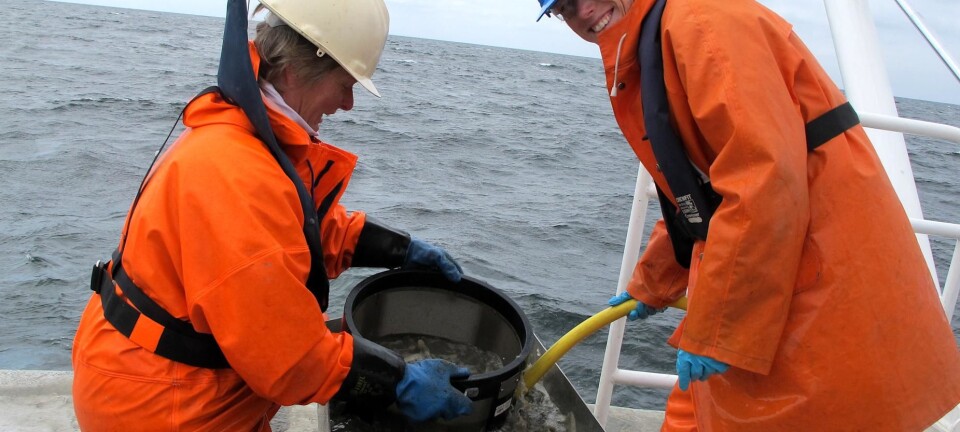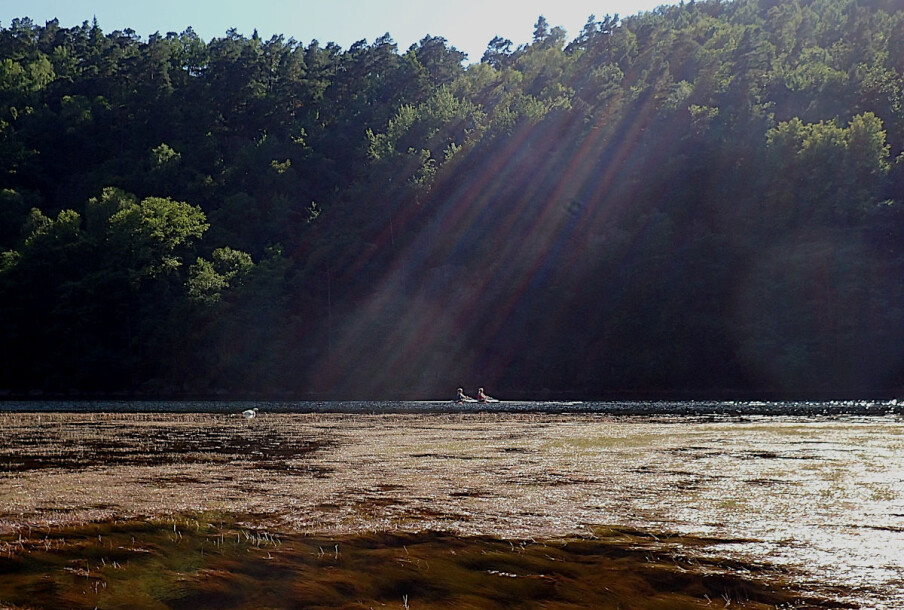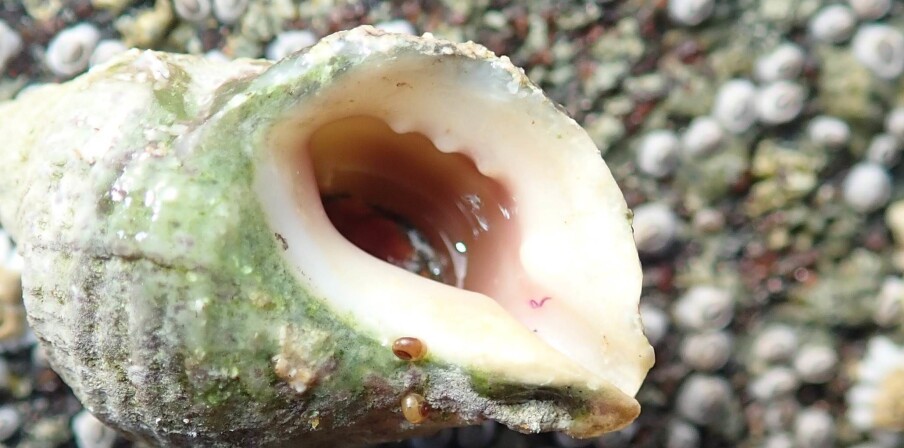This article is produced and financed by NIVA - Norwegian Institute for Water Research - read more
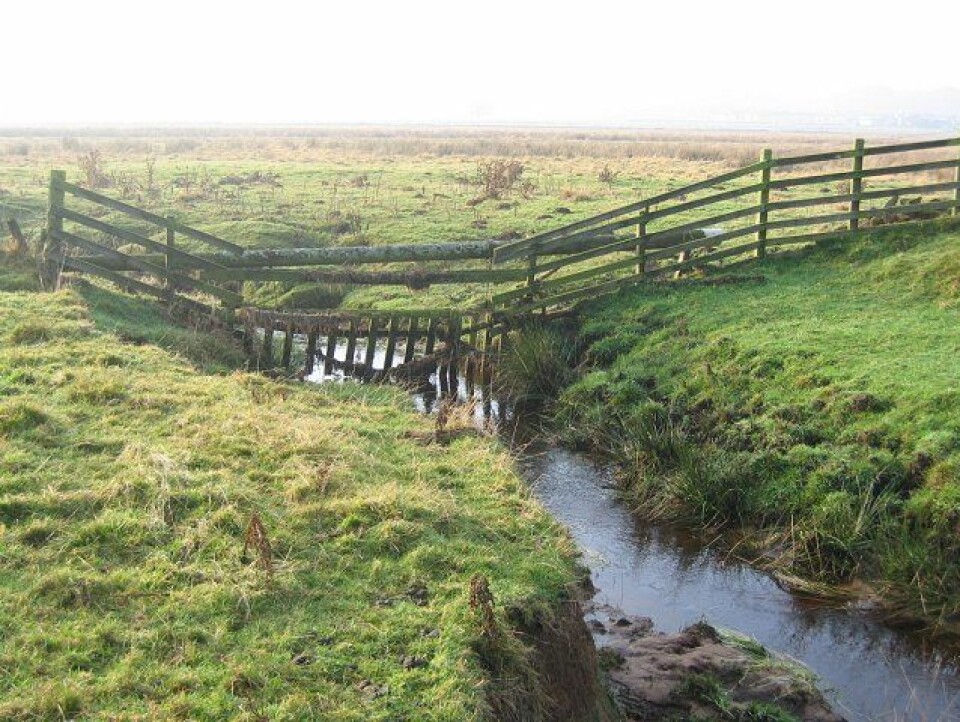
Smokeless «fire» under water
We say that there is no smoke without fire, but there can be fire without smoke. At the bottom of the streams, under water, bacteria are burning organic matter, making a considerable contribution to carbon emissions to the atmosphere. A recent study shows how heavy rainfall stimulate to increased burning and CO2 emissions.
A short note is necessary: The kind of fire we are talking about is not the visible, hot flames, but the combustion of organic material. A little less spectacular, perhaps, but the effect is the same: The carbon is transformed to CO2 which arise to the atmosphere.
– At the global level, the amount of organic carbon flowing down streams is comparable to the carbon accumulation in soils. When organic carbon enters the streams, the respiration, or «breathing», of stream bacteria convert a significant part of this organic carbon into CO2 escaping back to the atmosphere. Since increasing carbon storage in natural ecosystems is one way to sponge off our excessive CO2 emissions driving climate change, it is important to take into account the breathing rate of stream bacteria, says Benoît Demars at the Norwegian Institute for Water Research (NIVA).
His research shows how much of the land-derived organic matter are being transformed to CO2 by bacteria in streams. The results are presented in Demars’ research article «Hydrological pulses and burning of dissolved organic carbon by stream respiration», published in the scientific journal Limnology and Oceanography.
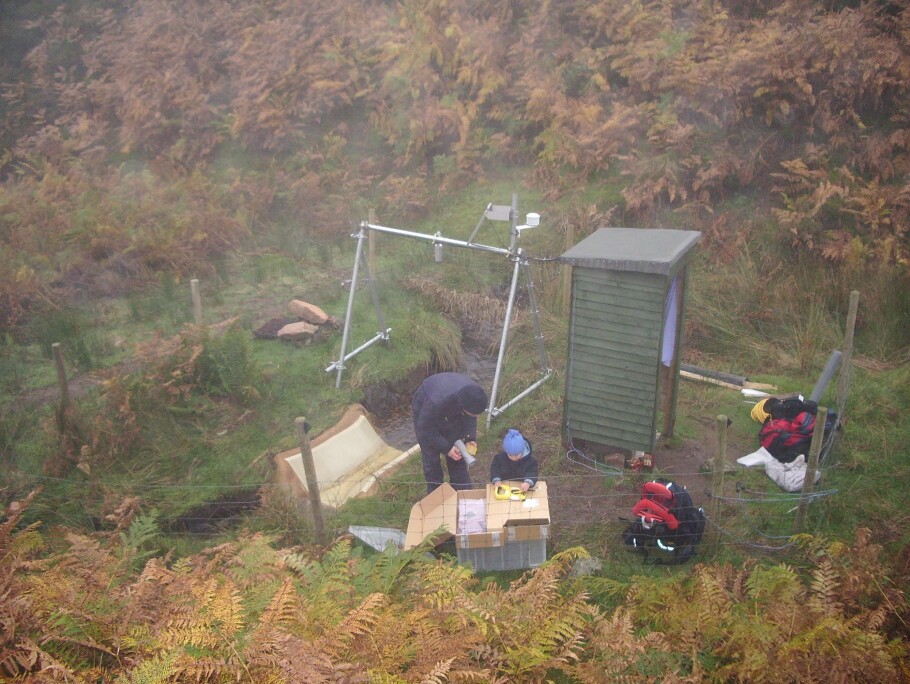
23 % was combusted within an hour
Bacteria are so small, that you can only see them with a microscope. Most of these creatures eat and breathe in the same way as humans, e.g. they burn plant and animal derived organic matter, breathe in oxygen and breathe out CO2. The food, in the form of dissolved organic matter, is flushed into the streams from soils during rainfall.
For one whole year, the NIVA researcher did regular measurements of oxygen concentrations and organic matter in two streams in North-East Scotland. Based on the measurements, he could calculate the proportion of annual organic inflow which was transformed to CO2 by the bacteria in the stream.
– It is like an underwater fire in the streams. Within an hour, the average transit time for water in the 1 km of stream section I studied, 23 % of the annual land derived dissolved organic matter was burned, or respired, by bacteria in the stream. This finding underlines the active role of small streams in the global carbon cycle, Demars says.
Expects higher emissions in a wet climate
By combining respiration, hydrology and water chemistry, Demars investigated how the link between land and stream influenced the flow of organic matter from the soils, and the stream respiration. This revealed that heavy rainfall events stimulated respiration, and thereby CO2 emissions.

– Heavy rainfalls increased the stream respiration, or combustion, by one order of magnitude. This was a lot more than I expected, Demars says.
And just to recall, one order of magnitude is like stepping one level up at the earthquake scale: You multiply by 10.
– The increase is probably due to the pore water in the soil being connected to the water in the stream when the catchment area is wet. This connection increases the transport of organic matter to the stream, and the stream bacteria get lots of food that they can burn. It is like adding fuel to the fire. The more fuel, the higher combustion and CO2 emissions, Demars explains.
As the expected climate in North-West Europe involves heavier and more frequent rainfalls, there is reason to believe that CO2 emissions from streams and rivers could increase in the future.
Where streams combine to rivers
So, the combustion of organic matter which Demars documented, arose from the small streams and brooks, seeping out from the ground. But what is the case downstream of these small streams, where they combine to make rivers?
– The burning of organic matter probably continues downstream in the network of streams and rivers. But the further downstream, the lower the quality of organic matter, as the high-quality carbon is burned first. This, among other factors, make the carbon processes differ along the catchment area, Demars explains.
Therefore, the researchers cannot yet predict how different climate scenarios and future land use will impact the overall carbon cycle in streams and rivers.
– More research is needed on organic particle flow, respiration and CO2 formation in rivers, preferably using sensor technology, which enables a continuous measure of CO2 emissions from streams and rivers. The findings from this study is another evidence that stream combustion plays a significant role in the global carbon cycle, Demars concludes.
The study was conducted in cooperation with researchers from The James Hutton Institute in Aberdeen and was funded by the Scottish Government’s Rural and Environmental Science and Analytical Services (RESAS) with financial support from UK Environmental Change Network (ECN), NERC Macronutrient Cycles Program and NIVA.
—————————————-
Read the Norwegian version of this article at forskning.no








